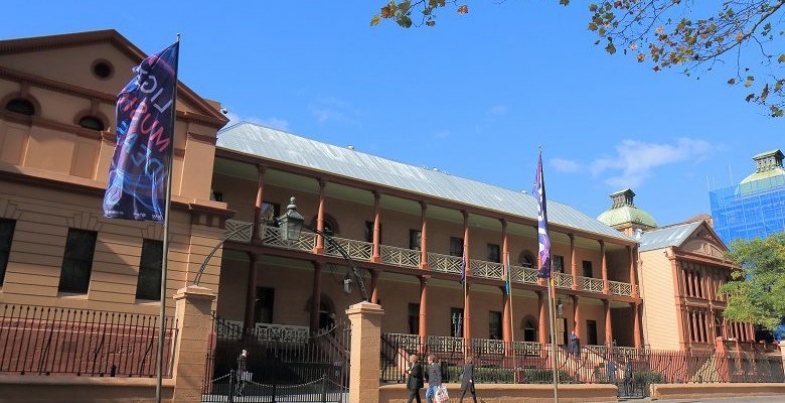The NSW government is not holding sittings in Macquarie Street but decisions are still being made, with most of them being a continuation of the same disregard for the environment. Here are some examples.
Planning System Acceleration Program
To aid recovery from the economic downturn arising from the COVID-19 pandemic the government has announced a Planning System Acceleration Program which will bring forward planning reforms:
to cut red tape and fast-track assessment processes to boost the construction pipeline and fast-track new projects
Only limited details of the program have been provided and it is proposed that it will include measures:
- to fast-track the assessment of state significant developments, development applications and rezonings, with more decisions to be made by the minister if necessary
- to support councils and planning panels to fast-track locally and regionally significant development applications
- to expand the type of works that can be carried out as a complying development
- to introduce a ‘one stop shop’ for industry to progress projects that may be ‘stuck in the system’
- to appoint additional acting commissioners to help clear the current backlog of merits appeals in the New South Wales Land and Environment Court
The developer lobby group, Urban Taskforce, was asked by Treasury to provide a list of ‘shovel ready’ projects that could be accelerated. STEP has been following two of these candidates closely. They have both been knocked back for good reason.
- The Mirvac plan to build 600 units on the old IBM site in West Pennant Hills that would destroy Blue Gum High Forest and threatened species habitat. The zoning changes required before the detailed DA could be assessed were rejected by the Hills Council for many technical reasons and huge community protest.
- The seniors housing development on Bayview Golf Course proposal that would clear an important wildlife corridor was rejected by the Land and Environment Court. The developer has resubmitted the DA.
Logging in koala and threatened species habitat
It is appalling that the NSW Forestry Corporation is logging in unburnt forests on north coast in some of the depleted habitat for threatened species. This includes areas that conservationists hope will become part of the Great Koala National Park.
Approval to extend longwall mining under Sydney’s water catchment
In March approval was granted for further longwall mining by Peabody Energy at the Metropolitan Mine under the Woronora Dam to provide coal for the Port Kembla steel works. It is claimed by the Planning Department that the mining process has been reviewed by independent experts who:
consider that the proposed mining would not compromise the reservoir – but have recommended a range of precautionary adaptive measures to ensure the mining is carefully monitored.
How can it be possible to manage the damage after subsidence has started causing loss of water from the reservoir into the mine?
In December the government also gave its tick for another longwall expansion at South32's Dendrobium Mine, also within Sydney's catchment. With this one the Avon and Cordeaux Dams are affected.
It has been revealed by the Sydney Morning Herald that WaterNSW is strongly opposed to the project. There is insufficient design to prevent drainage cracks and predicted water loss of as much as 5.2 million litres a day might be an underestimate.
Sydney is the only city in the world to allow mining under its water catchment. A petition with over 10,000 signatures opposing these decisions cannot be debated in parliament in the current circumstances.
NSW climate change policy
There is some good news at the state government level. They and most of the other states are leaving behind the recalcitrant federal government and have announced some real climate change policy.
The Net Zero Plan: 2020–30 is to reduce emissions by 35% below 2005 levels by 2030. This is more ambitious than the federal commitment to reduce emissions by 26-28%. The plan is part of the pathway aiming for zero emissions by 2050.
The plan recognises the situation that jobs will be created and business will save money by using low emission technologies. The government will spend almost $2 billion in a series of programs.
The programs include support for electric vehicle charging infrastructure, electricity demand reduction via building codes, creation of renewable energy zones that will create jobs in regional areas and a fund to support manufacturers to install low emissions equipment and farmers to lower emissions and take advantage of carbon offset programs.
Raising the Warragamba Dam Wall
The government seems determined to proceed with the plan to raise the Warragamba Dam wall by 14 metres. The project is currently undergoing research for a final EIS. It has been reported that the species mapping that was carried out before the fires was rushed with timeframes that would make it impossible to properly identify species numbers.
The area in the Blue Mountains World Heritage Area that would be affected by flooding after the dam wall is raised has been badly affected by the bushfires. No appraisal is being done of the impact of the fires.

